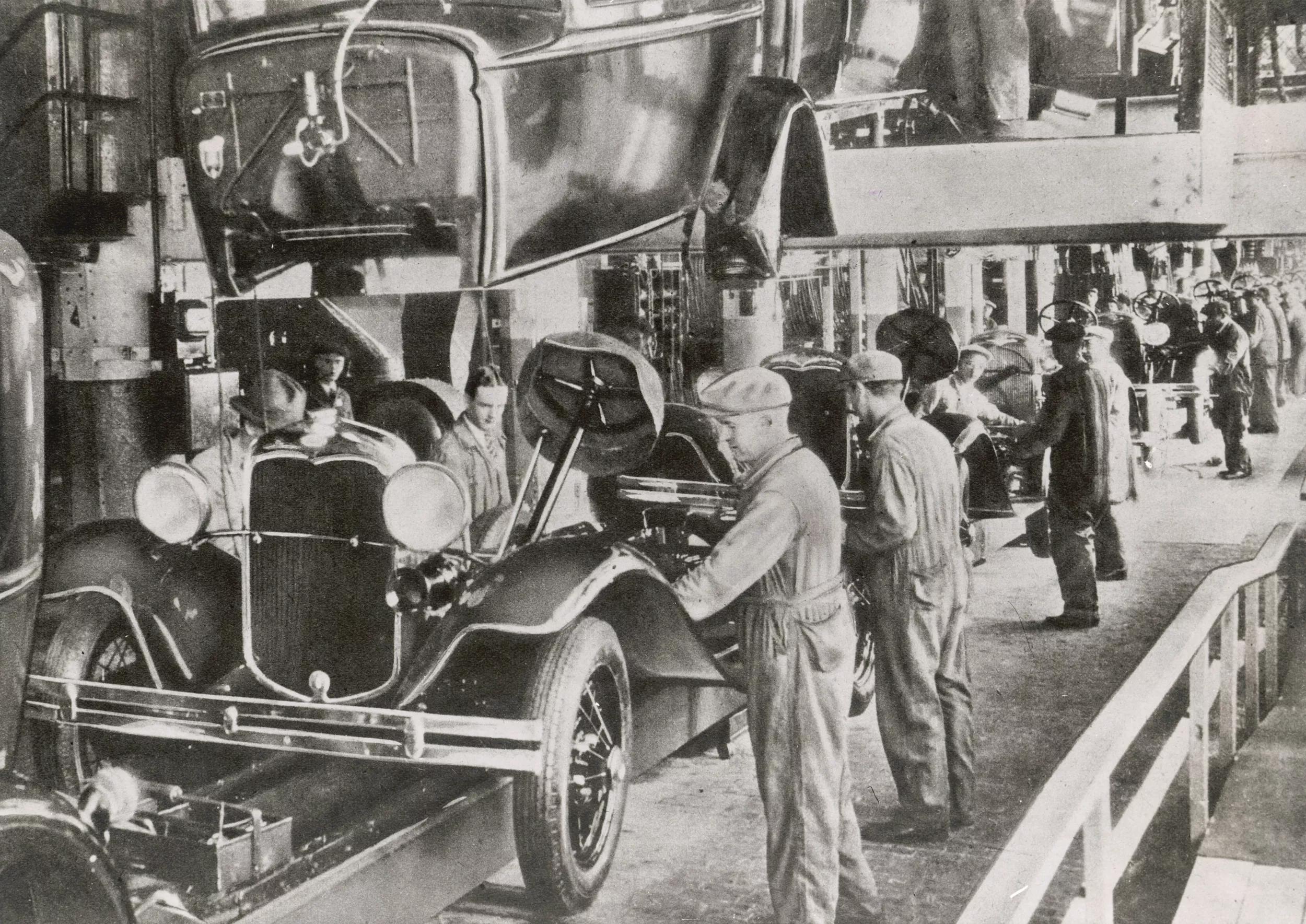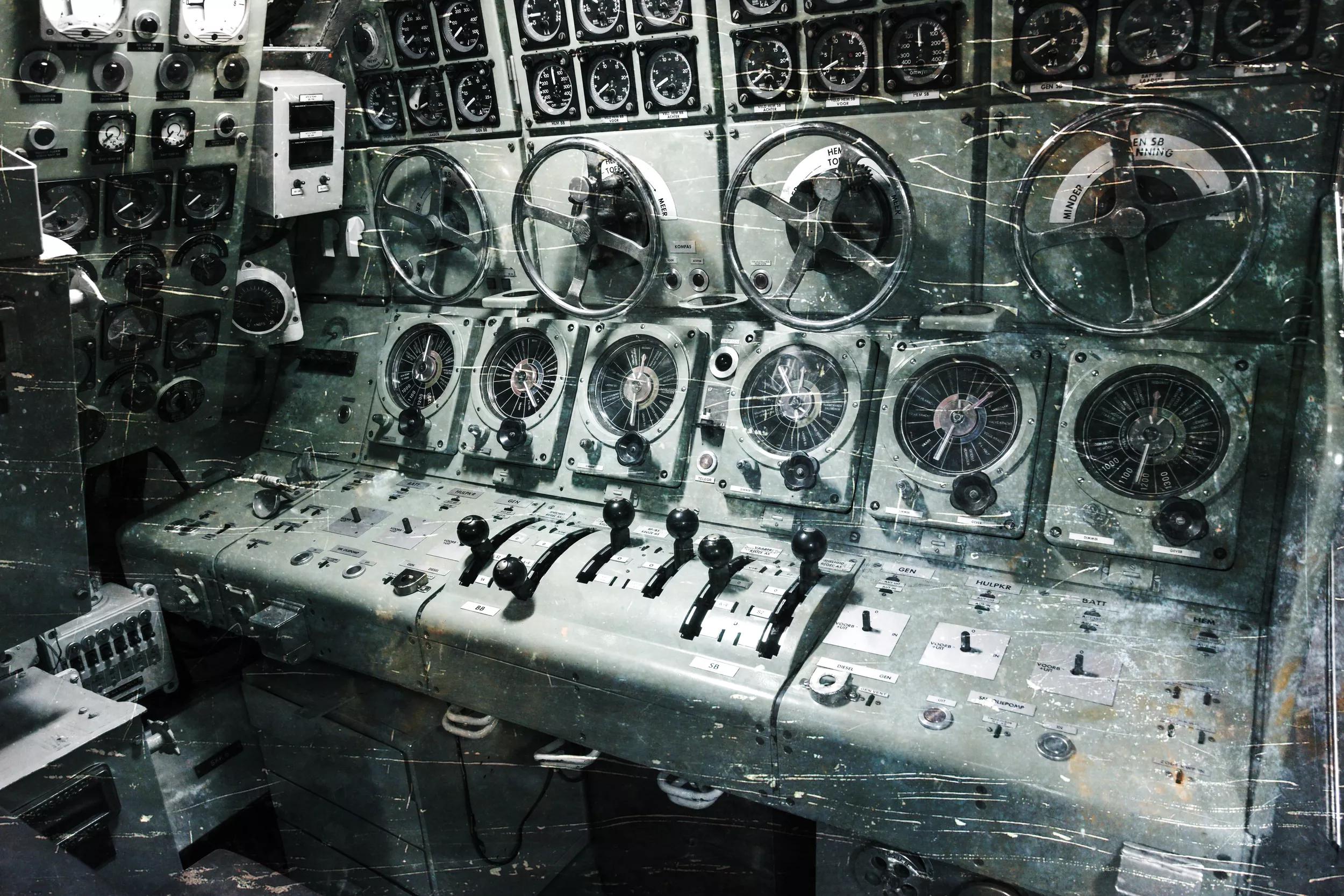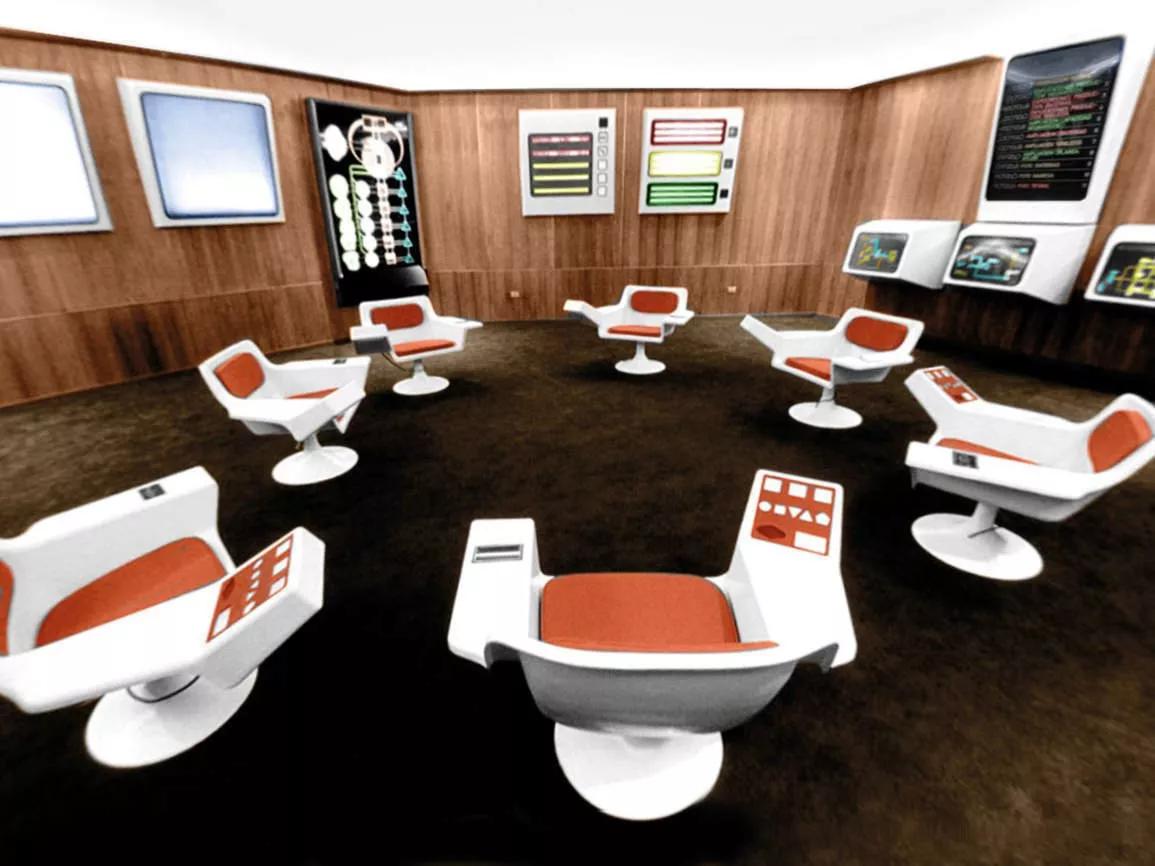The history of control rooms: where did it start?
未来评估 · 4 分钟阅读
It seems like control rooms have been around since ancient times, but they are a relatively recent phenomenon. For Barco, it started back in 1994. But the story of the control room evidently predates this installation. In this article, we take a little dive into history and investigate where the first modern control room was used.
The first question to ask is: what is a control room? Is it a place that gathers information from multiple systems and displays it in one location, allowing operators to take decisions and issue advice and orders? If so, an aircraft cockpit can also be called a control room - although you probably never saw it this way. Or were you thinking about the large rooms with thousands of meters and levers in early power plants when referring to the first control room? But whatever the definition, the history remains somewhat the same.

The centrally controlled assembly line
Control rooms started to pop up in production facilities in the 1920s. Before that time, all equipment was monitored and controlled at the machines themselves. Mass production however required increased efficiency, from which the idea to centrally monitor the assembly line arose. It started small, with a few parameters being controlled together, and gradually grew to factory-wide control rooms. Because of this gradual growth, it's difficult to pinpoint the exact first control room.
Real-life board games
In World War II, with the constant improvement of communication lines, the command and control centers became crucial in battle planning. They generally consisted of a large central map, with army figures that were constantly moved around (resembling a real-life Risk-game), surrounded by many operators that constantly communicated the latest incoming field information.
 On a smaller scale, the central command room of, for example, submarines, also worked as a control room. The remote control of the boat from a central location, acted like a basic control room, in which all intelligence was gathered, and orders were given.
On a smaller scale, the central command room of, for example, submarines, also worked as a control room. The remote control of the boat from a central location, acted like a basic control room, in which all intelligence was gathered, and orders were given.
Getting into the public eye
The cold war and the introduction of ever-larger production plants accounted for further developments in control room technology. It was also during the 1960s that the control rooms came into the public eye. Before these times they were held mostly secret, but it was in this decade that people got their first glimpse of control room operations. Everybody remembers the mission control center of the first space missions and the lunar landing, which was the main way to broadcast these major historic events. Also, the control rooms of nuclear power stations became popular spots to show both the complexity and the technical superiority that went into these marvels of human achievement.
It was also around this time that Hollywood realized the dramatic potential of these environments, and the first cinematic control rooms started popping up. Movies like Stanley Kubrick's 'Dr. Strangelove or: How I Learned to Stop Worrying and Love the Bomb' (1964) and George Lucas' 'THX-1138' (1971) both feature the control room as a central operations center. Many science fiction movies since then have created futuristic, visually stunning representations of central control rooms. Just think about 'The Hunger Games', 'Avatar', and 'Minority Report' to name just a few.
The first modern control room
But it was also in the early 1970s that a true revolution in control room history took place. In Chile, the government of socialist president Salvador Allende looked for a way to centrally manage the national economy. The idea was to collect all information from the state-run enterprises and feed them into a central mainframe computer that would analyze the data and alert when anomalies would occur.
This project was called Cybersyn, and of course it posed many challenges for the time. Networked computers did not exist, so the designers needed to find a way to send the data in almost real-time to the control room. They did this by introducing a network of telex machines. All this information was fed into another revolutionary system: the statistical modeling software Cyberstride. This would constantly monitor parameters like raw material supplies and high rates of worker absenteeism, and alert if those values fell outside predefined ranges.
Boldly go where no control room had gone before
But that wasn't all: another piece of (early 1970s) programming marvel, the economic simulation software CHECO, could forecast the possible outcome of economic decisions. That's right: this piece of software would act as an economic advisor for the government - a world's first.
 As seems suited, these activities were centralized in a sophisticated operations control room (Opsroom), where all information was displayed and analyzed, and directives were sent back to the enterprises by using the telex network. The room itself looked quite like the bridge of the starship Enterprise in the series Star Trek, even using similar chairs.
As seems suited, these activities were centralized in a sophisticated operations control room (Opsroom), where all information was displayed and analyzed, and directives were sent back to the enterprises by using the telex network. The room itself looked quite like the bridge of the starship Enterprise in the series Star Trek, even using similar chairs.
Although decades ahead of its time, Cybersyn could never prove its value. The CIA-backed military coup of 1973 overthrew the Allende government and prevented Cybersyn to be completed. Economic reforms steered the country away from the idea of state-run factories, making the program obsolete. Although not very well-known today, Cybersyn was a true ground-breaking concept that laid the foundations of today's control room thinking.
Stay tuned
Control rooms have thus come a long way, and today we see them in various industry verticals. Typical for these environments is that there is no ‘one-solutions-fits-all’ approach: every control room is customized to the user’s needs and requirements. So you not only need powerful and stable equipment, but also a partner that has the experience to design and deploy the complex infrastructure. Barco’s story in control rooms started back in 1994. In a next blog, we zoom into these pioneering days and the years that followed.
Next blog: The history of control rooms - Part 2

